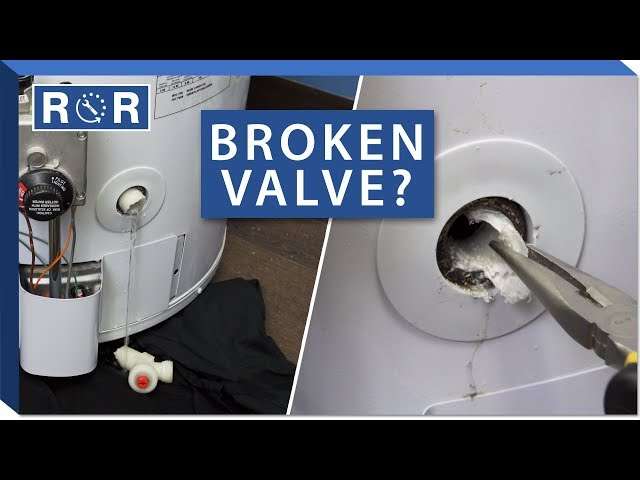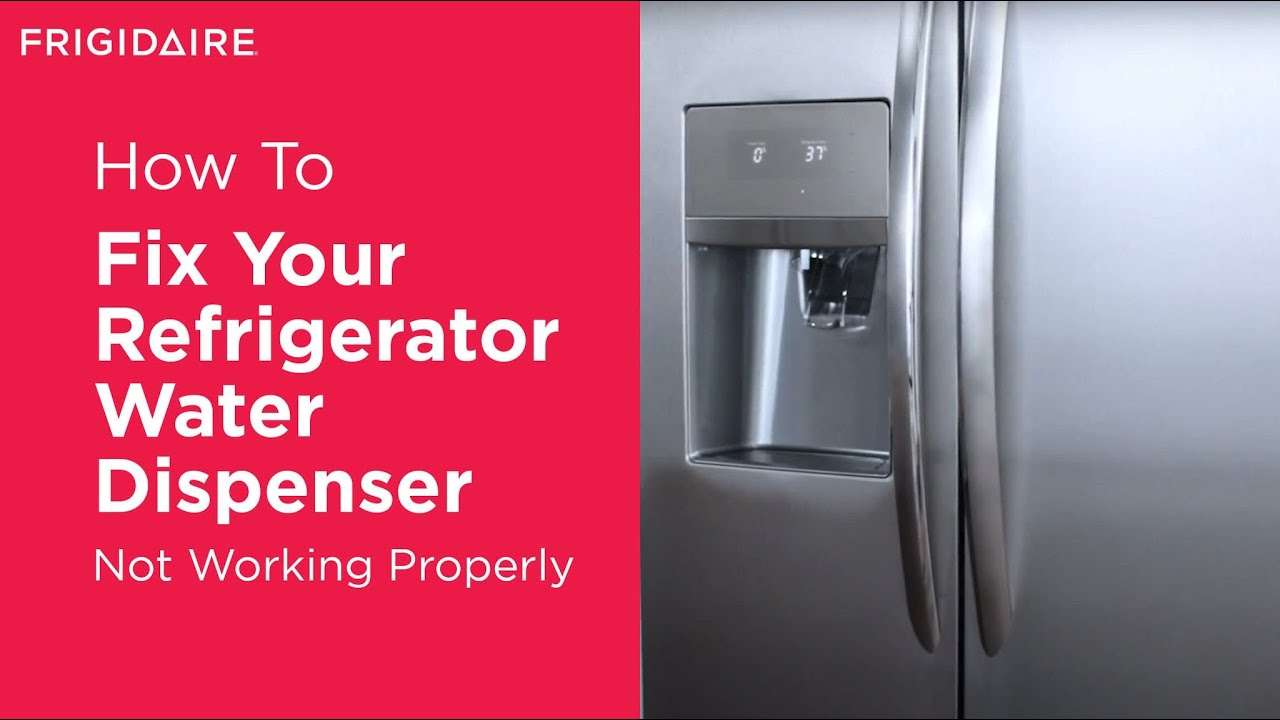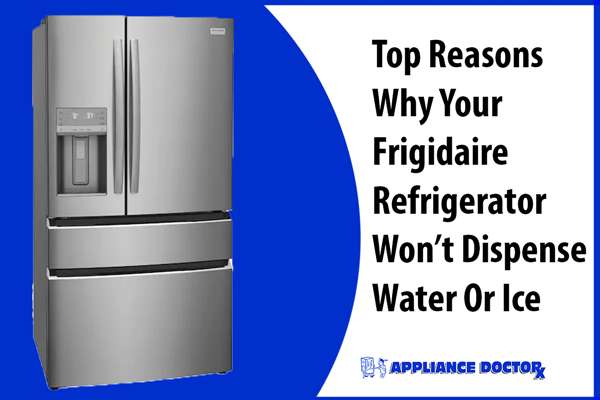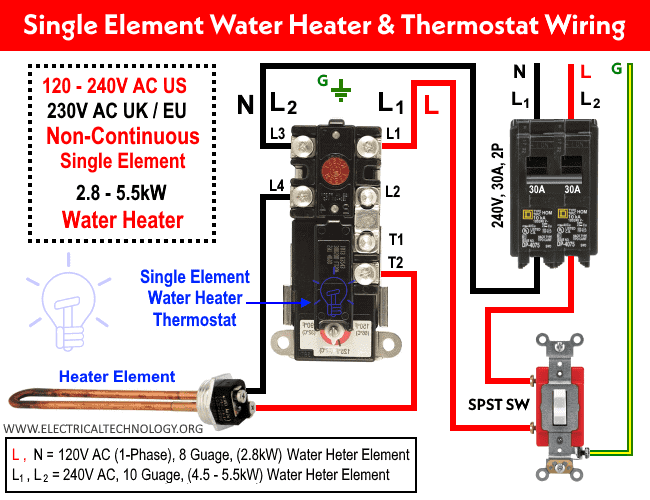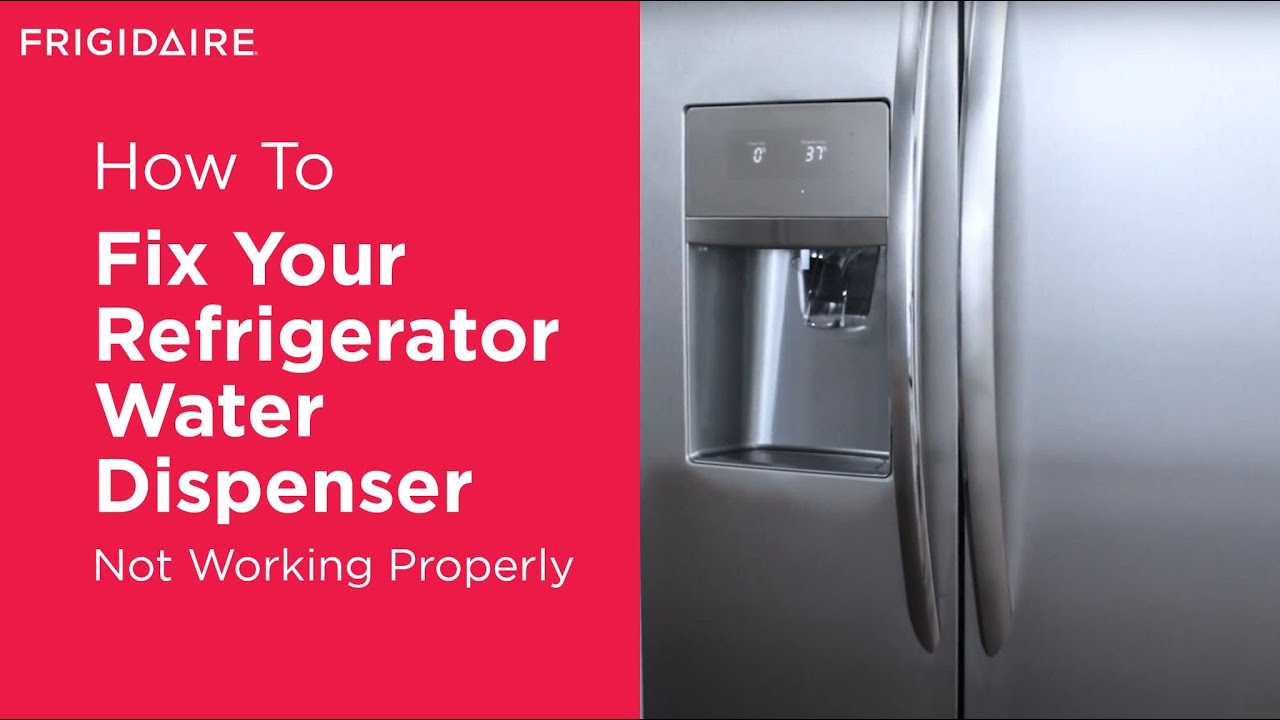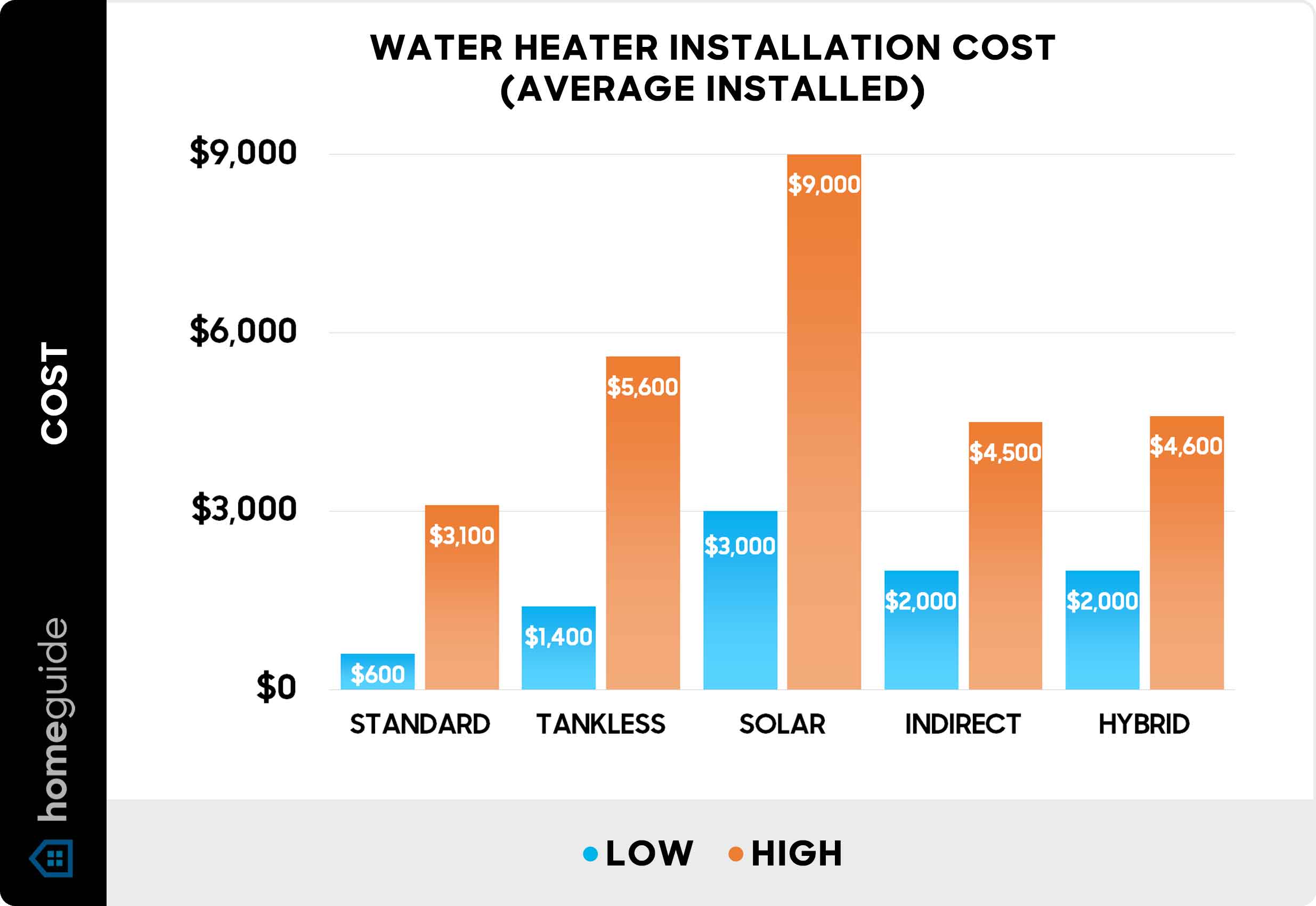The world of tankless water heaters offers a fascinating array of choices, each designed to deliver hot water on demand. Among these, the distinction between condensing and non-condensing models stands out as a crucial factor in determining efficiency, cost, and environmental impact. Understanding the difference between condensing and non-condensing tankless water heater technology is key to making an informed decision for your home. Choosing the right type can significantly impact your energy bills and carbon footprint, so a careful comparison is essential; Let’s delve into the intricacies of these two heating technologies;
Understanding the Core Technologies
Both condensing and non-condensing tankless water heaters share the fundamental principle of heating water only when needed, eliminating the standby heat loss associated with traditional tank-style heaters. However, the difference between condensing and non-condensing tankless water heater designs lies in how they utilize the exhaust gases produced during combustion.
Non-Condensing Tankless Water Heaters
- Simpler Design: Non-condensing models feature a more straightforward design.
- Exhaust Venting: They vent exhaust gases directly outside, typically through existing B-vent or stainless steel venting.
- Lower Upfront Cost: Generally, non-condensing units have a lower initial purchase price.
- Less Efficient: They are less efficient because they don’t capture as much heat from the exhaust gases.
Condensing Tankless Water Heaters
- More Complex Design: Condensing models incorporate a secondary heat exchanger.
- Heat Recovery: This secondary heat exchanger captures additional heat from the exhaust gases that would otherwise be lost.
- Higher Efficiency: By extracting more heat, condensing units achieve significantly higher energy efficiency ratings.
- PVC Venting: They can vent exhaust gases through PVC piping, which is less expensive than stainless steel. This is because the exhaust is cooler.
- Higher Upfront Cost: Condensing units typically have a higher initial purchase price.
Efficiency and Cost Savings
The most significant advantage of a condensing tankless water heater is its superior energy efficiency; This translates directly into lower monthly utility bills over the lifespan of the unit. The secondary heat exchanger allows condensing models to achieve efficiency ratings in the 90-99% range, compared to around 80-85% for non-condensing models. While the upfront cost is higher, the long-term savings can often offset the initial investment.
Installation Considerations
Installation requirements also contribute to the difference between condensing and non-condensing tankless water heater options. Non-condensing units typically require existing B-vent or stainless steel venting, which can simplify installation if you’re replacing an older tank-style heater. Condensing units, on the other hand, can use PVC venting, which is less expensive and easier to install, but may require additional plumbing for condensate drainage.
Comparative Table
| Feature | Non-Condensing Tankless Water Heater | Condensing Tankless Water Heater |
|---|---|---|
| Efficiency | 80-85% | 90-99% |
| Venting | B-Vent or Stainless Steel | PVC |
| Upfront Cost | Lower | Higher |
| Long-Term Cost | Higher (due to lower efficiency) | Lower (due to higher efficiency) |
| Complexity | Less Complex | More Complex |
Ultimately, the best choice between a condensing and non-condensing tankless water heater depends on your specific needs and circumstances. Factors to consider include your budget, energy consumption habits, existing venting infrastructure, and long-term cost savings goals. Carefully evaluating these elements will help you select the optimal tankless water heater solution for your home. Considering the long-term benefits, selecting the correct type of tankless water heater can be a game changer for your home. The right choice will provide a reliable and efficient hot water supply for many years to come, so it’s crucial to understand the difference. In conclusion, remember that understanding the **difference between condensing and non-condensing tankless water heater** options is the first step towards making an informed decision for your home.
MAINTENANCE AND LONGEVITY
Both types of tankless water heaters require periodic maintenance to ensure optimal performance and longevity. This typically involves flushing the unit to remove mineral buildup, which can reduce efficiency and potentially damage the heat exchanger. The frequency of flushing depends on the water hardness in your area. Generally, areas with hard water require more frequent flushing than areas with soft water.
MAINTENANCE CONSIDERATIONS
– Flushing: Regular flushing is crucial for both condensing and non-condensing units.
– Professional Servicing: It’s advisable to have your tankless water heater professionally serviced every few years.
– Component Inspection: During servicing, components like the burner, fan, and sensors can be inspected for wear and tear.
While both types require similar maintenance, the more complex design of condensing units might potentially lead to higher repair costs if issues arise. However, the increased efficiency often offsets this potential drawback over the long term.
ENVIRONMENTAL IMPACT
The environmental impact of condensing tankless water heaters is generally lower than that of non-condensing models. This is primarily due to their higher energy efficiency, which translates to reduced greenhouse gas emissions. By extracting more heat from the exhaust gases, condensing units waste less energy and contribute to a smaller carbon footprint. For environmentally conscious homeowners, this is a significant advantage.
SIZING CONSIDERATIONS
Regardless of whether you choose a condensing or non-condensing model, proper sizing is essential. Tankless water heaters are rated by their flow rate, measured in gallons per minute (GPM). It’s crucial to select a unit that can meet your household’s peak hot water demand. Factors to consider include the number of bathrooms, the number of people in your household, and the types of appliances that use hot water (e.g., dishwashers, washing machines).
Consulting with a qualified plumbing professional is highly recommended to determine the appropriate size for your needs. They can assess your hot water usage patterns and recommend a unit that will provide sufficient hot water without being oversized, which can lead to unnecessary energy consumption.


